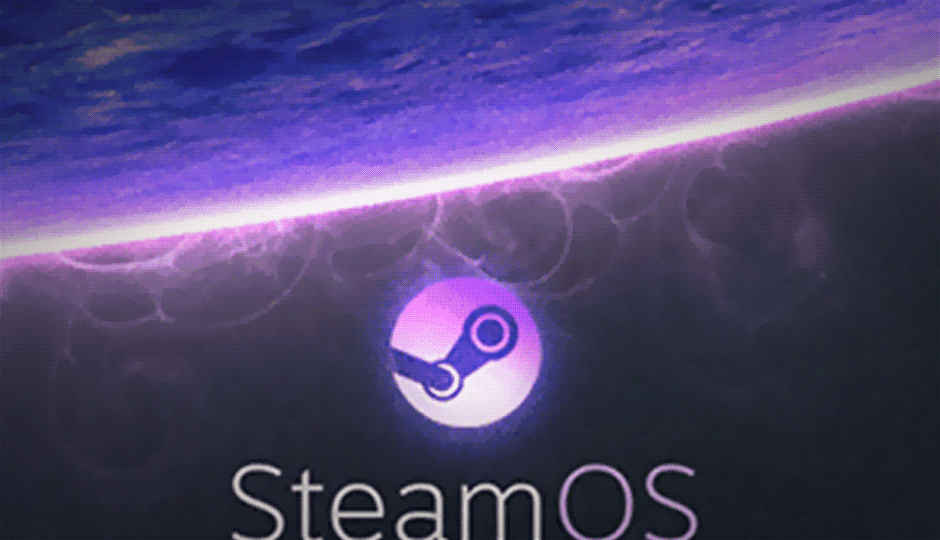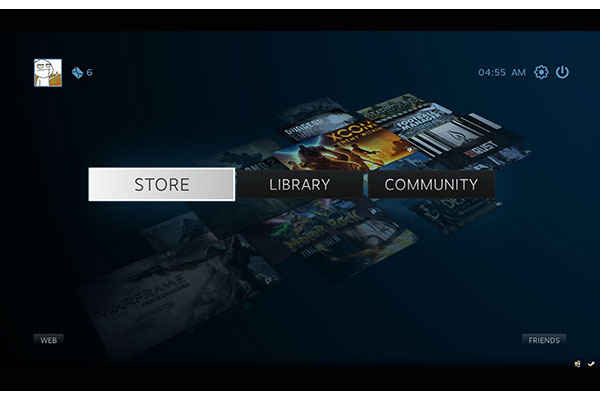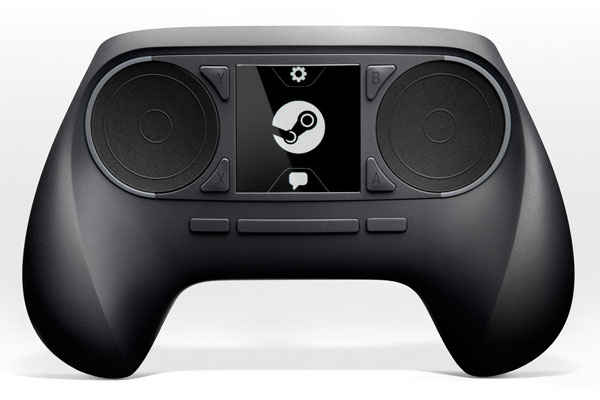SteamOS – A detailed look
Valve’s very own linux fork for the upcoming Steam console has been released to the general public and we take a good look at the inner workings of the operating system.

Steam is pretty big in itself. It’s the most popular game distribution platform and has close to 6.3 million concurrent users at peak hours but the overall accounts on steam far outnumber all other platforms combined. The client works on Windows, Mac and Linux. However, the games supported in Mac and Linux aren’t that many but with the standardisation that steam brings to the picture we’ll be seeing the change happening soon and hopefully AAA titles will start making Linux ports as well.
 Survey
SurveyWhat is SteamOS
So with all the hullabaloo around the introduction of the eighth generation consoles by Microsoft, Sony and Nintendo there was a little announcement by Valve in september this year. The first was about SteamOS then came the one about Steam Machines and finally about the Steam Controller. The three are obviously linked together and here’s how.
The Steam Machine is Valve’s answer to consoles except for the fact that anyone can make a Steam Machine. You don’t have to go out of your way and buy a console all you need to worry is about getting the configuration high enough for playing whatever game you want to.
SteamOS is simply the operating system which is designed to run on Steam Machines. It is a Linux fork so pretty much every device under the sun will be supported without the need for fussing over driver issues. However, the only place where there is a slight drawback is that the drivers for Graphics cards have been a persistent issue as far as Linux is concerned. But Valve has been working with NVIDIA to get that sorted at currently only NVIDIA cards are said to run the games but since it is Linux we’re talking about we don’t need to worry since third party drivers exist.
The Steam Controller is one that has been built for Steam Machines. Normal controllers will still continue to work but these are what Valve hopes will be used by game developers and offers a little extra compared to other consoles.
Make your own Steam Machine
The simplicity of making a Steam Machine is the pivotal argument. Since these are basically assembled computers you don’t need to worry about sending the Steam Machine to Valve for warranty claims. Not to mention most products that come together to form a personal computer carry anything from three to ten years whereas all generation eight consoles only come with one year warranty with paid extended warranty programmes. So every major city and every little town with a computer shop sells the components needed for your Steam Machine.
Valve has shared what it believes should be the ideal configuration for the Steam Machine, however, the base requirement for installing SteamOS is much lower. Some 300 prototypes of the Steam Machine have been shipped out with the following configuration:
- GPU: NVidia Titan / GTX780 / GTX760 / GTX660
- CPU: Intel i7-4770 / i5-4570 / i3-3xxx
- RAM: 16GB DDR3-1600
- Storage: 1TB/8GB Hybrid SSHD
- Power Supply: 450W 80Plus Gold
This is where some of you have had their eyeballs pop out of their sockets. This configuration can cost over Rs.1,25,000/- (GPU:75000 CPU:23000 RAM:8000 SSHD:6000 MOBO:8250 SMPS:5000). One needs to realise that this configuration is more powerful than every console out there and should be more than sufficient for roughly five years. And if graphics are scaled down to what consoles usually depict then bump the time period(that the device can play games at 1080p) to over a decade.
SteamOS – A repackaged deal
The OS is basically the Steam client installed on a Linux distribution. More specifically, the distro is Wheezy based on Debian. It’s lightweight and Debian is one of the most stable Linux distros out there. The account on which you’ll be primarily login to has been configured to open into “Big Picture Mode” by default. Only logging into the “Desktop” account will allow you to fiddle around with the Linux distro underneath it all.
The requirements needed to run the operating system is fairly lean and is as follows:
- Processor: Intel or AMD 64-bit capable processor
- Memory: 4GB or more RAM
- Hard Drive: 500GB or larger disk
- Video Card: NVIDIA graphics card (AMD and Intel graphics support coming soon!)Additional:UEFI boot support, USB port for installation
Take a look at the SteamOS slideshow in which we look at the installation process here.
.jpg)

